Transporting a 40-foot shipping container efficiently and safely requires a deep understanding of logistics, trailer specifications, and regulatory compliance. As industries evolve and the demand for containerized freight increases, selecting the right trailer becomes paramount. This comprehensive guide seeks to dissect the various trailer options available for transporting 40′ shipping containers, ensuring you make an informed choice that meets your specific needs.
Understanding Shipping Containers: Dimensions and Weight
Standard 40′ Shipping Container Specifications
| Specification | Details |
|---|---|
| Length | 40 feet |
| Width | 8 feet |
| Height | 8.5 feet (standard) |
| Max Payload | 28,800 lbs (13,000 kg) |
| Tare Weight | 8,000 lbs (3,600 kg) |
| Total Weight | Up to 36,800 lbs (16,600 kg) |

Importance of Dimensions
Understanding the dimensions and weight is crucial when selecting a trailer. A 40′ shipping container is predominantly used in international shipping due to its capacity. The total weight including cargo must be considered to ensure compliance with road weight limits across different jurisdictions.
Types of Trailers for Container Transport
1. Flatbed Trailers
Flatbed trailers are a common choice for transporting shipping containers due to their versatility and ease of loading. These trailers lack sided or roof features, making it simple to load containers from the side or over the top.

Pros:
- Easy access for loading and unloading.
- Can accommodate additional cargo alongside containers.
- Generally lighter than other trailer types.
Cons:
- Containers require securing with chaining or strapping.
- Limited weather protection for sensitive cargo.
2. Chassis Trailers
Chassis trailers are specifically designed to carry shipping containers. They are built to be compatible with both 20′ and 40′ containers, and their unique design allows for easy pickup and drop-off at ports and shipping terminals.
| Feature | Chassis Trailer |
|---|---|
| Container Compatibility | 20′, 40′ |
| Weight Distribution | Designed for static loads |
| Container Locking Mechanism | Yes |

Pros:
- Robust locking mechanisms for secure transport.
- Designed specifically for carrying containers, reducing risk.
- Typically compliant with shipping regulations.
Cons:
- Limited flexibility in terms of additional cargo.
- May roll over in bad weather if improperly loaded.
3. Gooseneck Trailers
Gooseneck trailers enable heavier loads with better stability. Their unique hitch design offers greater control while hauling a container, especially when navigating turns.
| Feature | Gooseneck Trailer |
|---|---|
| Tongue Length | Extended to the truck bed |
| Weight Capacity | Higher load capacity over standard trailers |
| Maneuverability | Superior stability during transit |
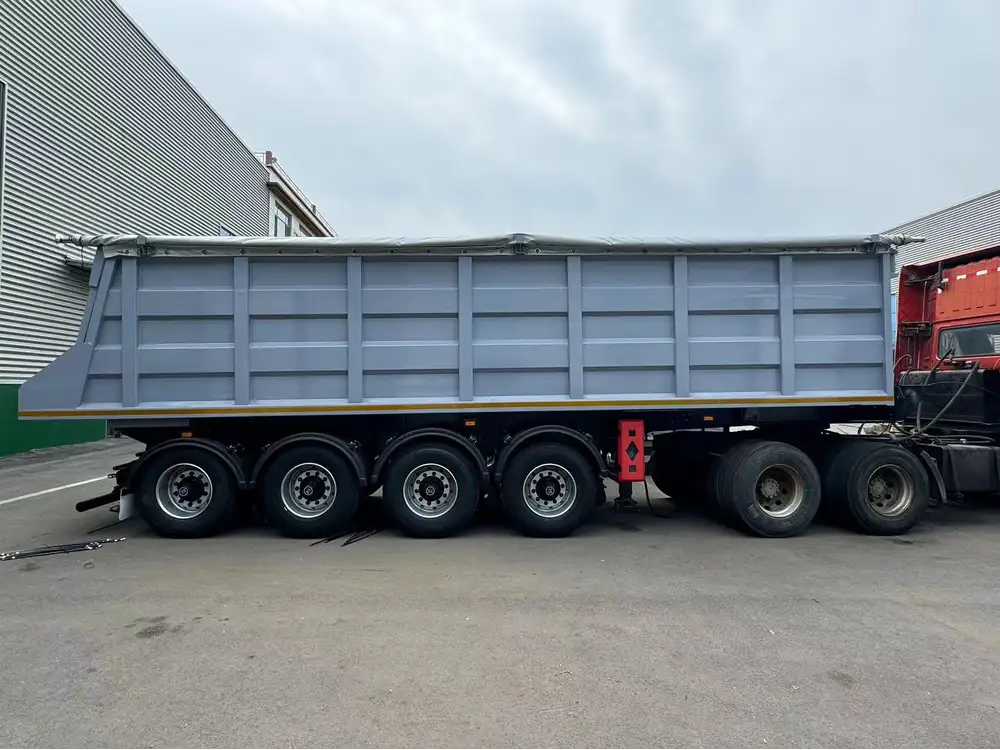
Pros:
- Enhanced stability during transport.
- Increased weight capacity allows for heavier containers.
- Better suited for rugged terrains.
Cons:
- Requires specific truck equipment.
- More challenging for loading/unloading without assistance.
4. Lowboy Trailers
Lowboy trailers are used for oversized cargo and allow a lower center of gravity, which means a more stable ride. However, their usage for standard shipping containers is not as prevalent as the aforementioned trailers.
| Feature | Lowboy Trailer |
|---|---|
| Deck Height | Very low ground clearance |
| Weight Capacity | Varies significantly by model |
| Ideal Cargo | Oversized loads, heavy equipment |

Pros:
- Stable transportation for tall containers.
- Can transport oversized cargo not limited to containers.
Cons:
- Generally more expensive to use.
- Not necessary for standard 40′ containers.
Legal Considerations for Container Transportation
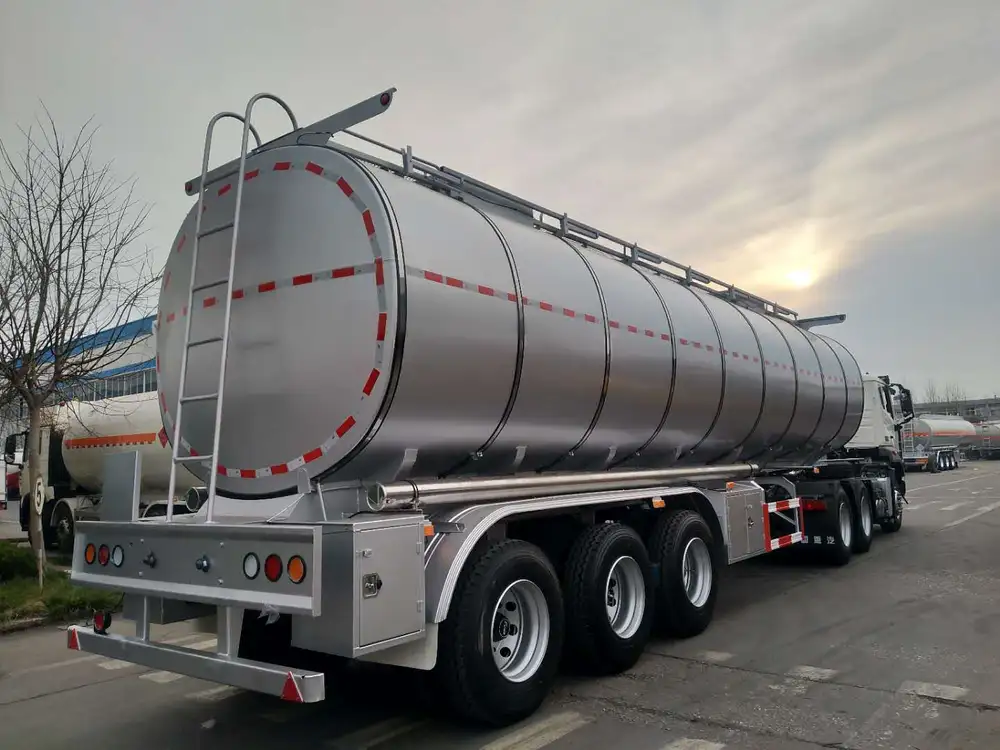
Weight Limitations
Transporting a 40′ shipping container is subject to specific weight regulations, commonly known as Gross Vehicle Weight Rating (GVWR). Regulations vary by state and country—most limit the total vehicle weight to 80,000 lbs on interstate highways in the U.S. It’s critical to ensure that the total weight of the container plus the trailer does not exceed this limit.
Permits and Licenses
Certain jurisdictions may require special permits for transporting oversized loads or containerized freight. Understanding local laws and obtaining the appropriate permits can save time and prevent costly fines during transport.
Route Planning
Factors such as local weight limits, bridge capacities, and construction zones can affect route selection. Utilizing mapping services specializing in truck routes can aid in efficient planning, ensuring compliance and safety.

Choosing the Right Trailer: Key Considerations
Container Type and Cargo
Understanding the type of container (e.g., standard, high cube, refrigerated) and its cargo is crucial. For instance, temperature-sensitive cargo might necessitate specific handling instructions and trailer designs, like using a reefer or insulated van.
Loading and Unloading Locations
The accessibility of loading and unloading sites plays a significant role in your choice. Ensure that trailers can maneuver into tight spaces if necessary and that the vehicle can readily access ports, depots, or warehouses.
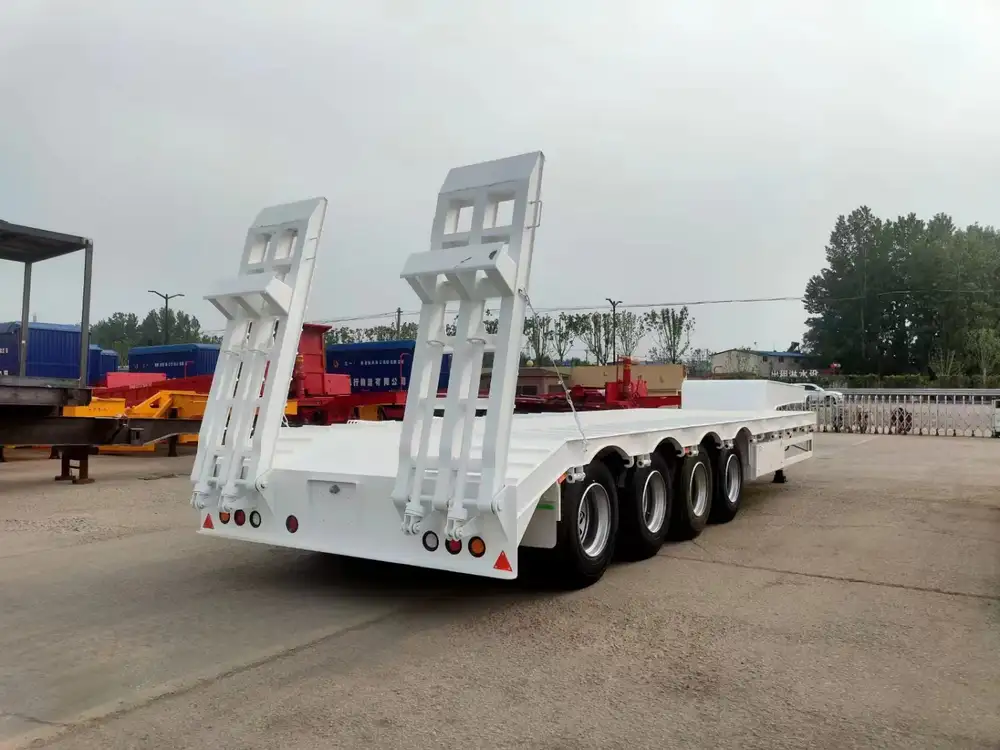
Frequency of Use
Assess how frequently you will need to transport containers. For regular transport, investing in a trailer optimized for container hauling, such as a chassis trailer, could be more cost-effective than renting or using a less specialized trailer each time.
Cost Implications
Evaluate the upfront cost versus long-term use. While chassis trailers may have a higher initial investment, they can provide long-term returns through efficiencies and lower transport costs.
Trailer Maintenance and Safety Considerations
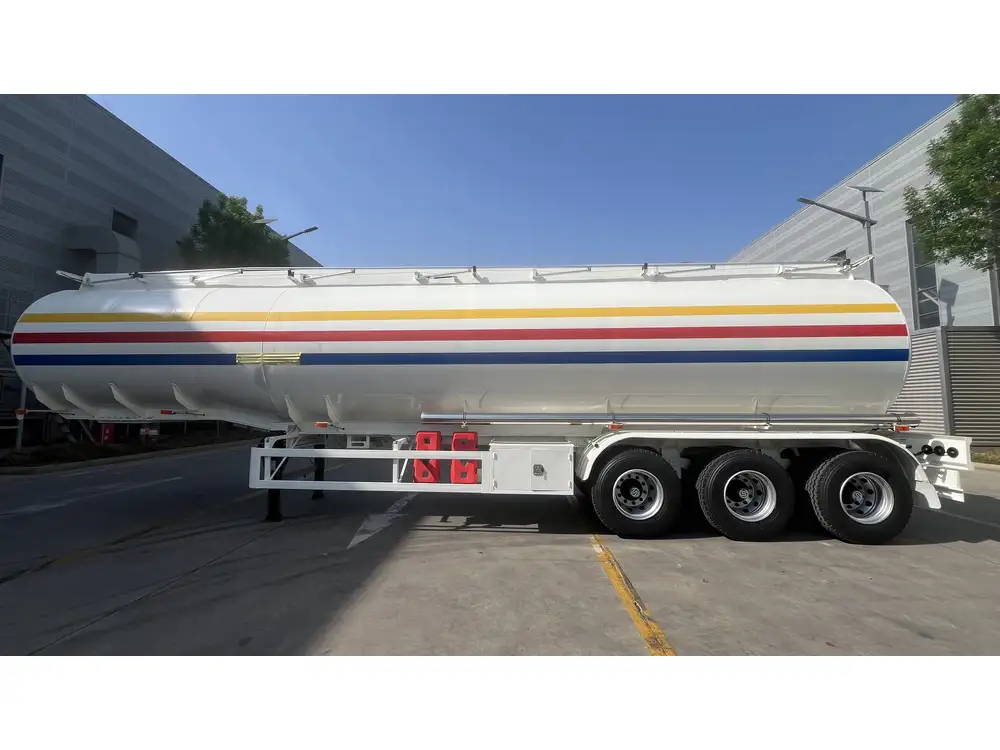
Regular Inspections
Conducting thorough inspections of trailers before transporting containers is crucial. Key areas include brakes, lights, tires, and securing mechanisms. Regular maintenance can preemptively address potential safety or compliance issues.
Secure Load Practices
Employing appropriate load-securing techniques can prevent damage during transit. Utilize chains, straps, and locking devices to ensure the container is firmly attached to the trailer.
Driver Training
Ensuring that drivers are trained in both the operation of the trailer and the particulars of securing and transporting containers is essential. Understanding the nuances of weight distribution and handling a loaded trailer can mitigate risks.

Frequently Asked Questions
What is the maximum weight for a 40′ shipping container on a standard trailer?
The maximum weight allowed on a standard trailer depends on various factors, including local laws, but typically the total weight should not exceed 80,000 lbs including the tractor and trailer.
Can I use a standard flatbed to transport a 40′ container?
Yes, you can use a flatbed trailer to transport a 40′ container, but ensure that you secure it properly and observe local regulations regarding load distribution and attachment.
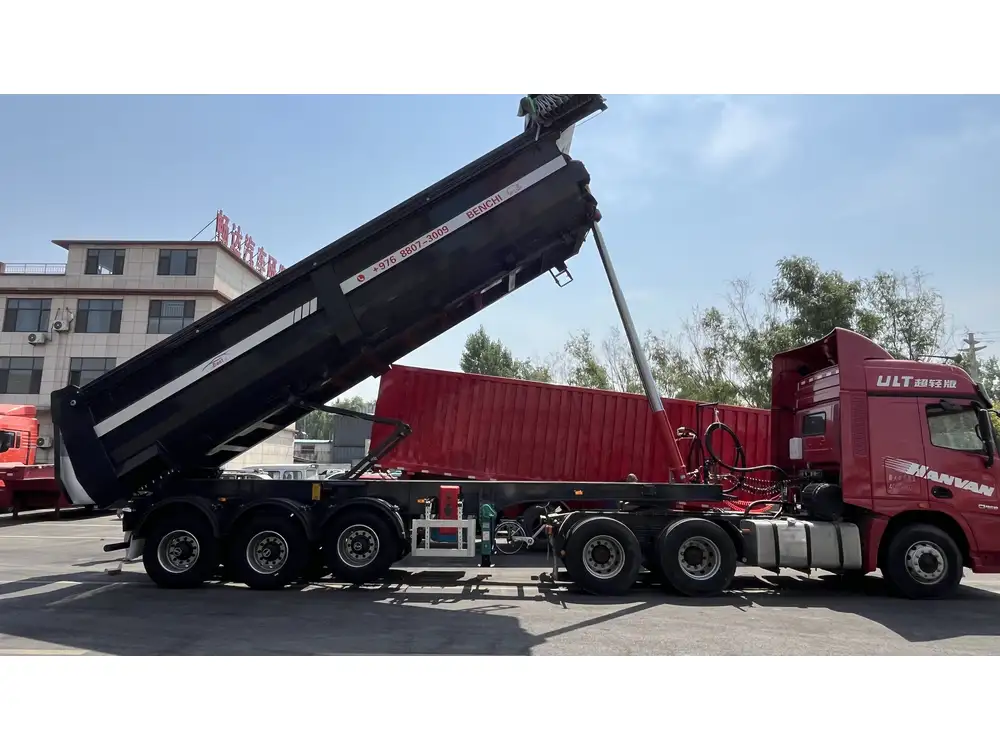
Do I need special permits for hauling a 40′ shipping container?
Permits may be required depending on the state or region. Always check local guidelines, especially if the load exceeds general weight limits or if additional clearance is needed on the route.
What securing methods should be used for a shipping container?
Common securing methods include using high-strength chain tie-downs, ratchet straps, and twist locks to ensure the container remains stationary during transit.
Conclusion
Identifying the right trailer for transporting a 40′ shipping container entails understanding specific requirements and operational patterns within the shipping industry. From flatbed and chassis trailers to goosenecks, each option has distinct advantages and disadvantages that cater to various logistics needs. By carefully evaluating key aspects such as container weight, destination access, and legal considerations, we can forge a path toward safe and efficient container transport, ensuring your logistics processes run smoothly and remain compliant across all fronts. Investing time in this selection process will yield benefits far beyond the immediate transaction, positioning your business for reliability and success in containerized freight movement.



